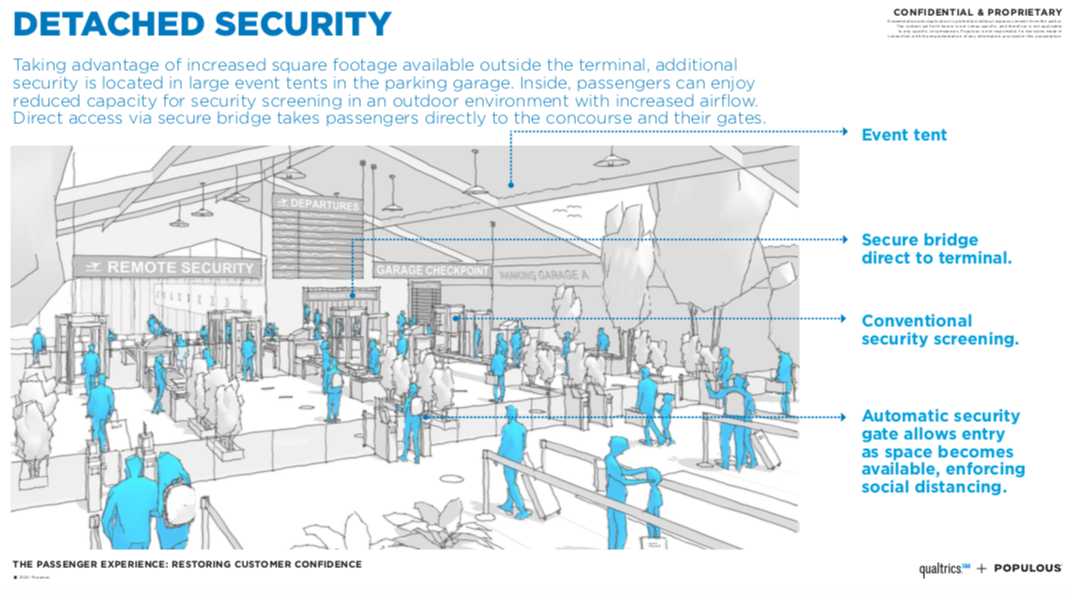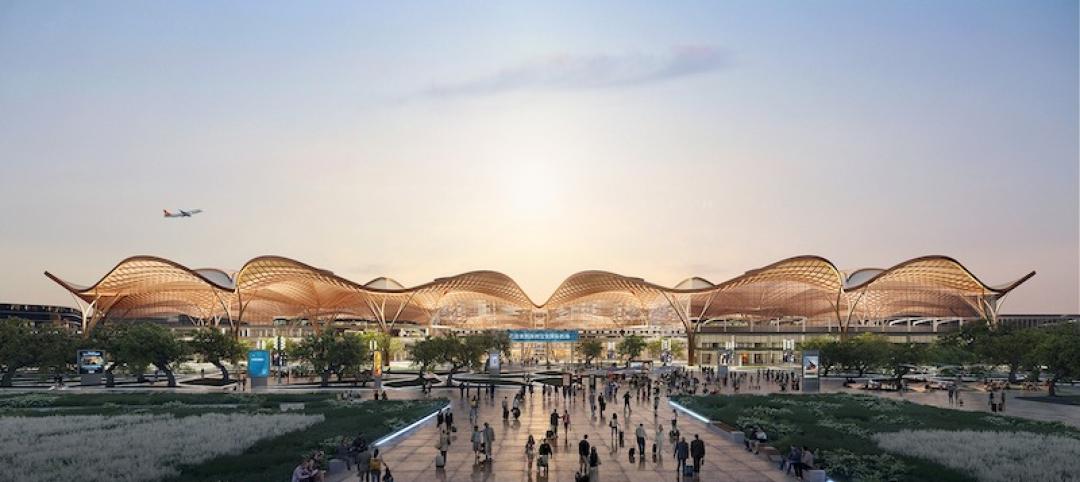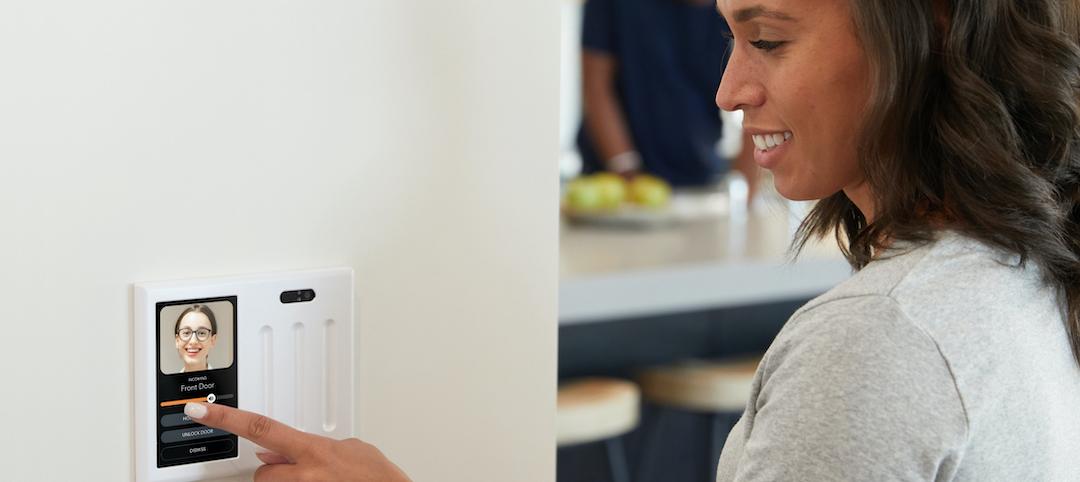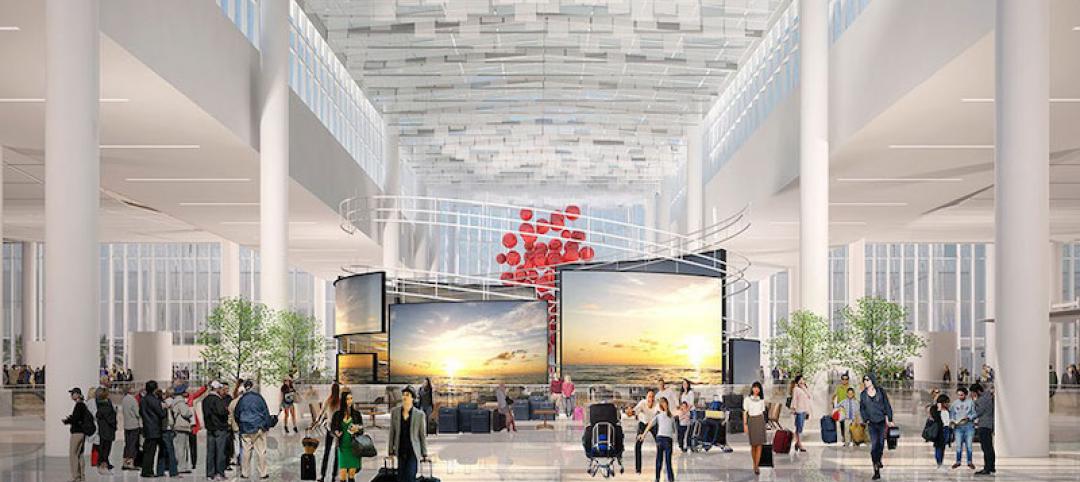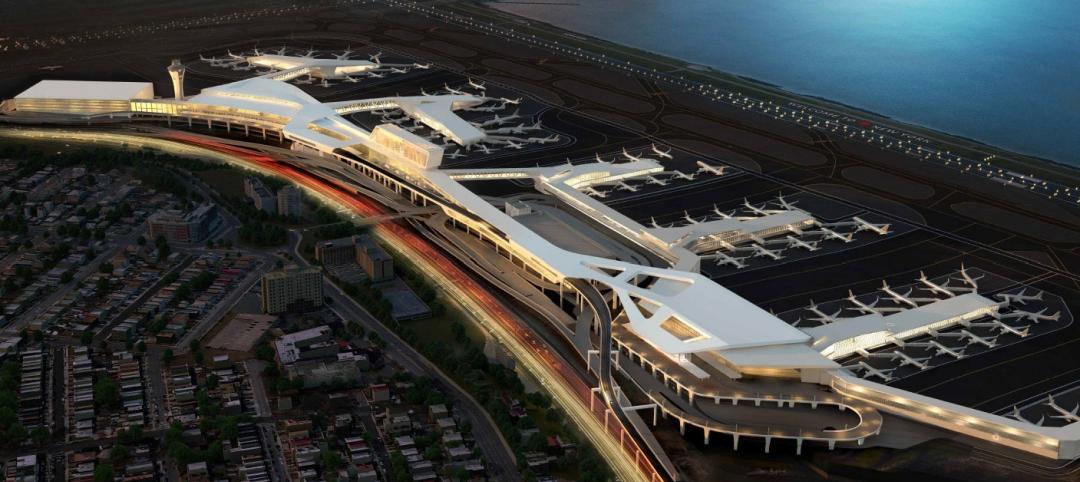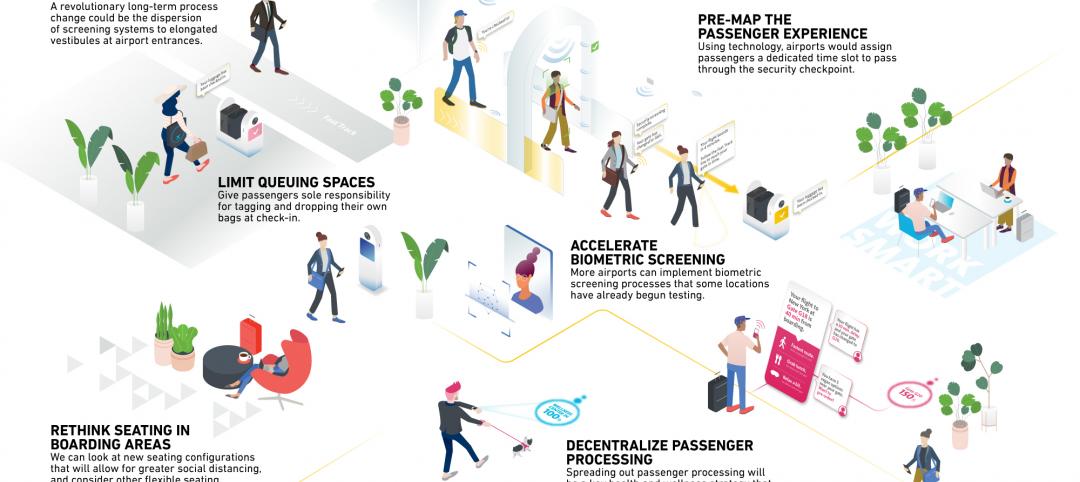Global design firm Populous, with Qualtrics, has released the results of a national survey that can help owners and operators of airports understand how COVID-19 has influenced passengers’ expectations and fears during travel.
With responses from nearly 2,200 people age 18+ who have taken at least five trips over the last 18 months for business or leisure, the survey revealed data and potential solutions to an array of concerns, including security checkpoints, food and beverage purchases, gate boarding and arrivals and more.
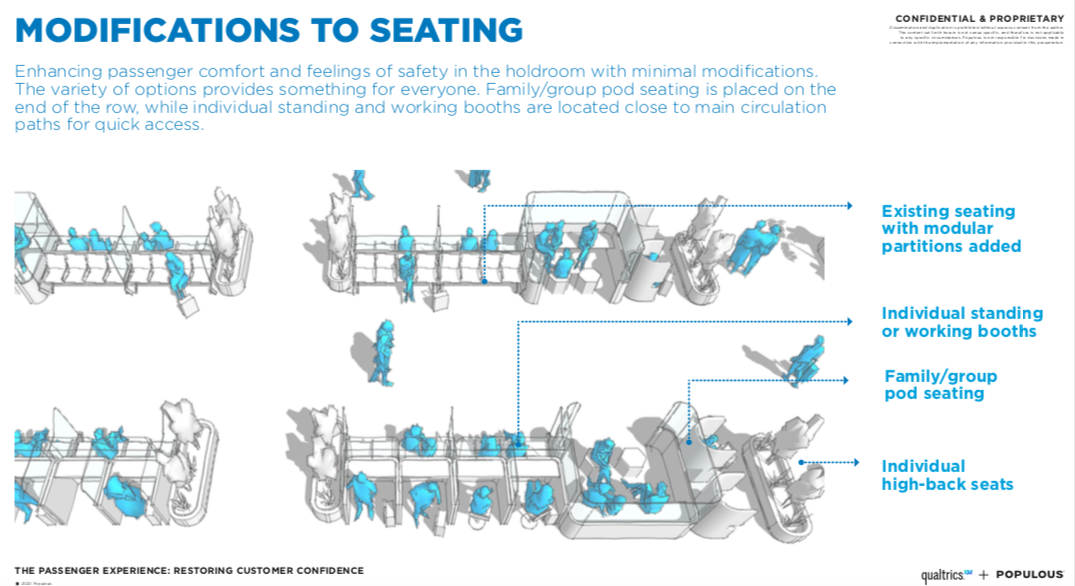
“While travel was very limited during the start of the pandemic, passengers have begun to travel again, either for leisure or business, and it’s important that airports are taking the proper steps to a safe environment and pleasant experience for these passengers,” said Geoffrey Ax, Populous Americas Aviation Market Leader and Principal. “With the results of our survey with Qualtrics, we are able to help our airport clients develop achievable solutions that can help them regain passenger confidence and trust.”
Overall, business travelers were the dominant group of respondents planning to travel in 2020 at 84 percent, over leisure travelers, of which only 71 percent planned to travel this year. In general, 79 percent of all respondents were comfortable going to an airport with the proper protection and protocols in place, such as wearing masks and social distancing, and limiting the number of passengers in the concourse.
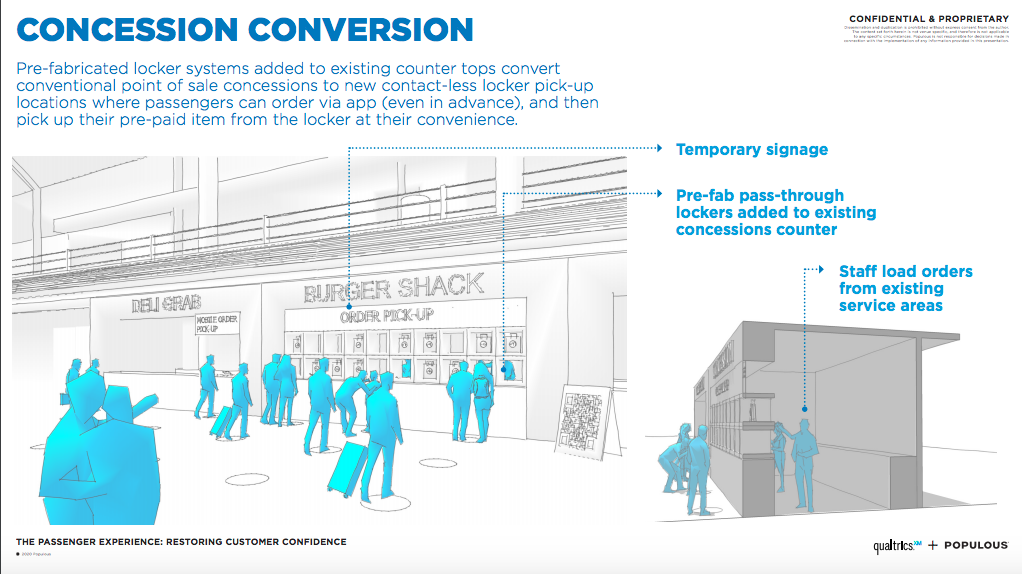
Among the top concerns impacting passenger trust and confidence were the ways staff and passengers will behave. Nearly 70 percent of travelers were concerned with someone around them having COVID-19, with a close 66 percent were concerned about others not following CDC guidelines. The majority of business and leisure travelers were also concerned about specific areas around the airport; seating locations being first, with security checkpoints a close second.
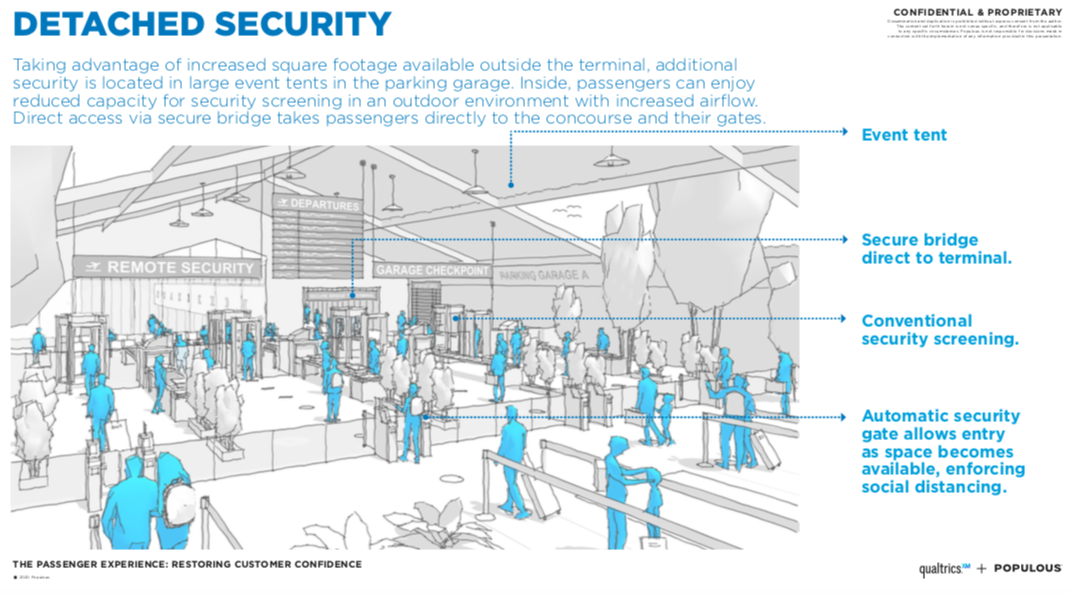
Other findings from the survey include:
– Transportation: The COVID-19 pandemic is even changing the way that passengers arrive and depart the airport. In cities, a huge number of passengers took public transportation (decreased two percent) or ridesharing services (preference decreased by 10 percent). Now, the percentage of travelers who were willing to drive their own car to the airport increased six percent, and those who would get rides from family and friends increased five percent. The data found in this survey will help airports devise a better plan for pickup and drop-off areas, which in many cities, are already congested. Visible and color-coded numbered beacons can provide unmistakable pickup locations so that passengers and drivers can easily find each other.
– Security Screening: Bringing to mind security screenings, travelers’ picture long, dense lines, and lots of touchpoints. The survey revealed that about two-thirds of travelers are concerned with maintaining social distancing while going through security, and 84 percent were willing to use a phone app for a timed entry experience. By implementing timed entry, virtual queuing and detached security checkpoints at airports, capacity can be limited, and passengers will be notified when they should arrive, and which entry and security line to use. Queuing modifications include barriers between different security lines, which also help to maximize space, as a socially distanced security line takes up lots of square footage.
– Hold Rooms: As the number one concern is interaction with other passengers who might have been exposed to COVID-19, the hold rooms, or areas where passengers wait to board the plane, is an area of worry. By creating a hold room layout that supports social distancing, with a combination of seated and standing partitions, airports can separate passengers who are seated, boarding, deplaning, or interacting with airline staff. The creation of individual and group pods, especially ones with access to charging stations and luggage storage, are also a great option to ease passengers’ concerns. These pods could also be rented, so airports could regain some lost revenue.
– Food & Beverage: For many flyers, the first stop after the security checkpoint is a food and beverage station or retail shop to stock up on in-flight snacks and reading materials. The survey found that although passengers intended to arrive early to the airport during COVID-19, they are less likely to spend money on food and beverage; 70 percent of passengers preferred to use an app to order food and beverage for pickup or delivery. Airports could consider a temporary conversion of food courts that include modular pod seating configured to accommodate multiple user groups, or locker service for pre-ordering and pickup of food.
Related Stories
Airports | May 27, 2021
Grimshaw wins competition to design Shenzhen Airport East Integrated Transport Hub
The competition sought to find a design that created an integrated intermodal transport hub that could act as a new urban gateway.
Digital Twin | May 24, 2021
Digital twin’s value propositions for the built environment, explained
Ernst & Young’s white paper makes its cases for the technology’s myriad benefits.
Multifamily Housing | Mar 28, 2021
Smart home technology 101 for multifamily housing communities
Bulk-services Wi-Fi leads to better connectivity, products, and services to help multifamily developers create greater value for residents–and their own bottom line.
Market Data | Feb 24, 2021
2021 won’t be a growth year for construction spending, says latest JLL forecast
Predicts second-half improvement toward normalization next year.
Airports | Jan 26, 2021
Security concerns will drive demand for airport technology over the next five years
A new report explores where and what spending for “smart” airports is likely to focus on.
Giants 400 | Dec 16, 2020
Download a PDF of all 2020 Giants 400 Rankings
This 70-page PDF features AEC firm rankings across 51 building sectors, disciplines, and specialty services.
Giants 400 | Dec 2, 2020
2020 Airport Sector Giants: Top architecture, engineering, and construction firms in the U.S. airport facilities sector
AECOM, Hensel Phelps, and PGAL top BD+C's rankings of the nation's largest airport sector architecture, engineering, and construction firms, as reported in the 2020 Giants 400 Report.
AEC Tech | Nov 12, 2020
The Weekly show: Nvidia's Omniverse, AI for construction scheduling, COVID-19 signage
BD+C editors speak with experts from ALICE Technologies, Build Group, Hastings Architecture, Nvidia, and Woods Bagot on the November 12 episode of "The Weekly." The episode is available for viewing on demand.
Airports | Oct 6, 2020
Airport of the Future global student design competition 2020 winners announced
Winning projects reimagine airport mobility in the year 2100 for one of the 20 busiest airports in the world.
Airports | Sep 18, 2020
Infection control measures for airport terminals
More automation and scanning, of people and baggage, will help unclog airports.


